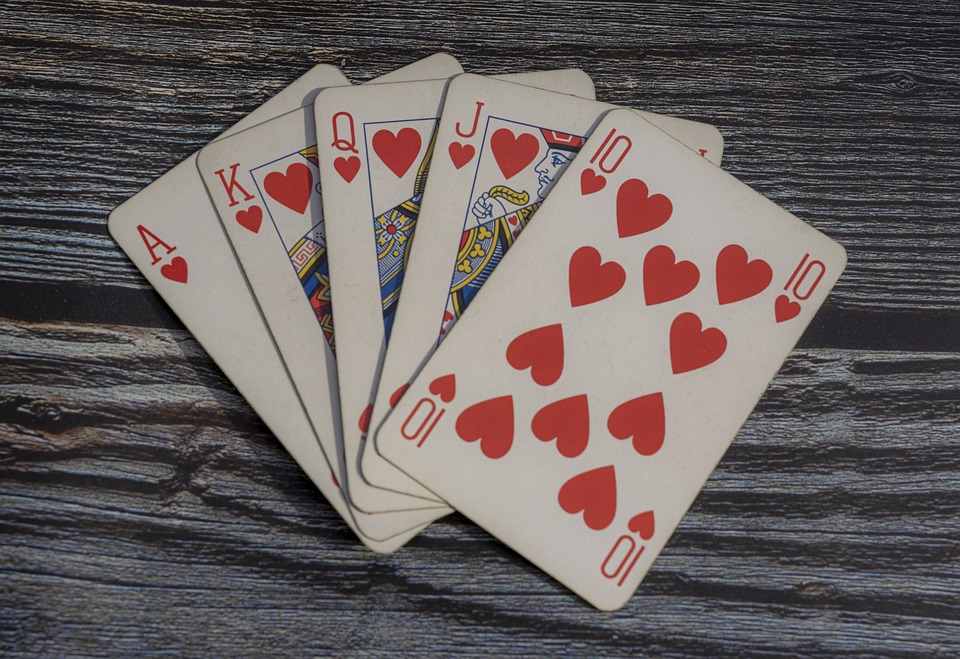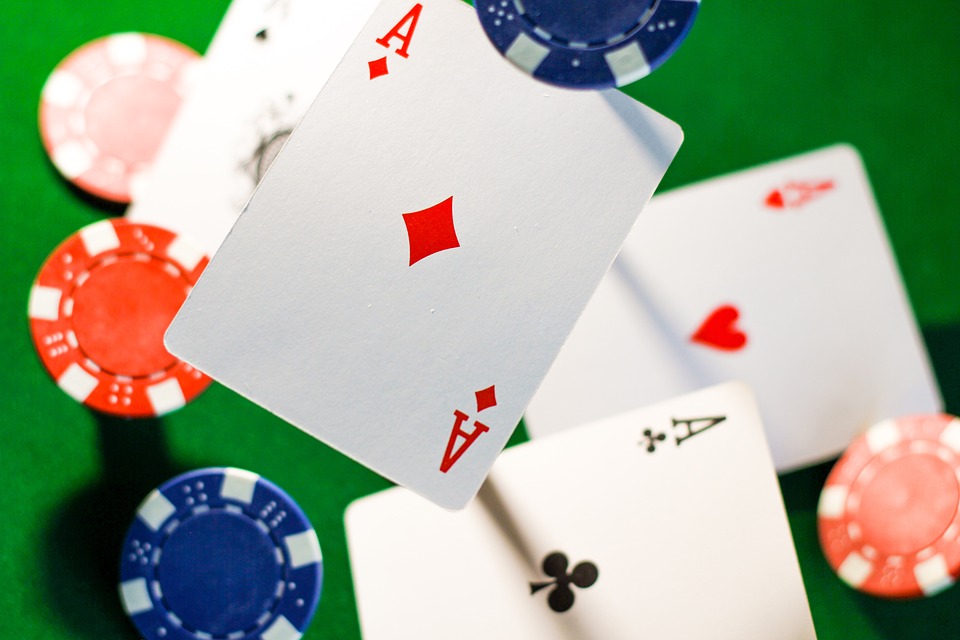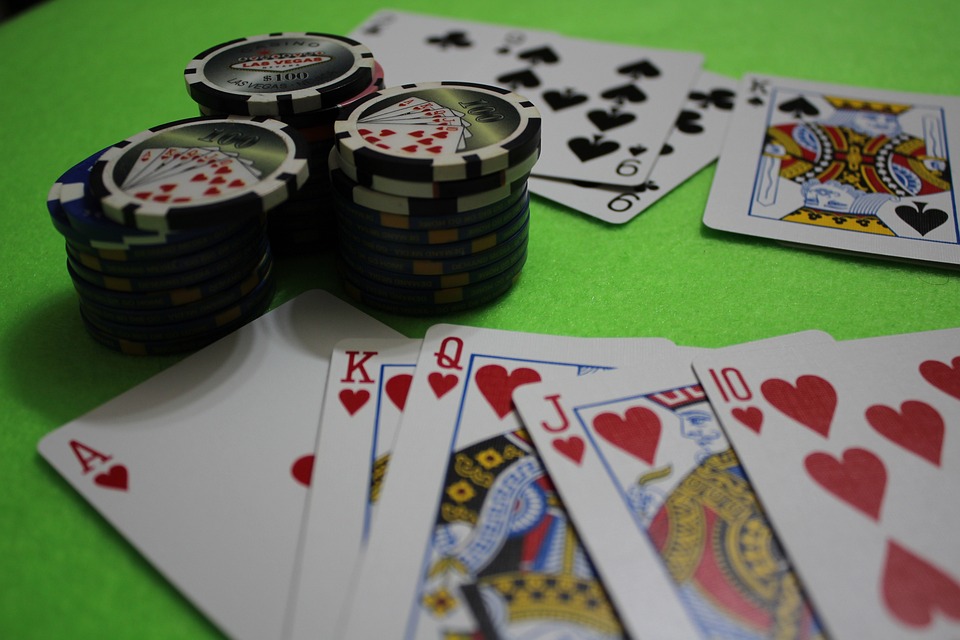When playing poker, it is essential to possess the skill to classify or identify your opponents. Labeling players will at least provide some concept or direction as to what strategy you should use initially.
This will be especially true in heads-up competitions. You can make more mistakes and therefore lose more money the longer it takes you to determine the type of opponent you’re up against. But once you classify them, you can adjust your poker game strategy.
In a heads-up game, passive players are relatively uncommon opponents. You can play against these players precisely to offer yourself a significant advantage. These players play poker too passively in heads-up games because they are unaware of how essential hands are when only two players are left at the table. Heads-up, hands like Ax, K10, Q9, and pocket pairs are substantially more valued, although these players may choose not to play them.
By understanding the tendencies of these passive players and exploiting their weaknesses, you can gain an edge over your opponent. This article will look at strategies to help you dominate the tables when playing against them.

Playing in the Button
An aggressive player will receive far greater rewards from sitting in the dealer position than sitting in the large blind. Playing aggressively will put your opponent in an awkward situation, which tight passive players try to avoid. From the dealer position, applying consistent pressure will probably lead to your opponent folding.
In any heads-up game, raising pre-flop is typical with hands as weak as Q9, Ax, K9, K10, or any pocket pair. You can raise again with weaker hands if the opponent is more passive than normal, though. You can apply pressure (raise before the flop) with practically any hand.
Although you might feel uncomfortable raising your hands differently than you typically would, your opponent will feel even more uncomfortable. A tight player will be forced to hold a solid hand in the big blind if you make your bet approximately three times the large blind. You will also be in position for the rest of the hand if you are called.
Value Bet Thin
It is not difficult to spot a loose, passive player. The term “calling stations” or simply “stations” is another name for these players. As you might expect, these players like to call frequently and will do so despite having no discernible draw or hand.
They enjoy making calls and can do so with hands like bottom pair or ace high. So, it stands to reason that you should be able to wager hands like second or third pair against these players for value.
It does not imply that you place lower bets. Simply put, it indicates that there is still a chance for worse to call you when you wager mediocre poker cards for value.
A hand that you just check behind to a tight player because it has showdown value is a good demonstration of a thin value bet. With a K-8-5 flop, let’s say you have second pair with A8o. You would probably check back the turn and river if you had c-bet and received a call. You have showdown value, and not much worse can call you. Yet, you can still wager this second pair for value when playing against a station because a pair of 5s and any pocket 4s or lower will call.

Use Continuation Bets
A continuation bet after making a pre-flop raise may be quite beneficial against a tight player. This bet can be particularly successful against a tight player since they likely fold if your opponent’s hand does not improve on the flop.
Make this bet for roughly half the pot or slightly less; it shouldn’t represent a significant amount of your chip stack, but it will give the impression that your hand is pretty powerful and discourage a tight player from continuing the hand. Consider this bet on the flop if you raised pre-flop with a hand like A7 and your opponent called. You should place this half-pot size bet if the flop was 2c 4c Kh. If your opponent had a strong hand, such as QJ, Q10, or Ax (also your hand), they would undoubtedly fold it on the flop, giving you the pot.
Adjust According to Stack Size
Being in a position with a sizable chip stack gives you the greatest edge over a tight passive player. You should take advantage of this position and chip stack. Consider raising each hand in dealer position if your chip ratio is 2 to 1 to continue putting pressure on the short stack and steal blinds.
Tight players won’t usually raise all-in in this position until they have been given a hand that is strong enough to do so. Your stack will grow due to your raises, and when the other player does push back at you, you won’t have any trouble folding your hand.

Do Not Bluff
Bluffing against these players is one of the biggest mistakes. No matter how the board texture is, if one of these players has called a raise pre-flop, a continuation bet on the flop, and a second barrel on the turn, there is no chance that the player is folding on the river.
So how can you defeat these bluff-impossible individuals? Using their own playing style against them is one poker strategy.
Value betting in poker is where you’ll make the most of your money. Value bets don’t pay off as frequently for strong players as for inferior players, although loose passives prefer to call them. Simply put, playing against them is incredibly profitable.
Make sure you get the most out of your strong hand if you have one. A two-thirds pot bet or half-pot bet is easy to call for a loose passive, so you can adjust your bet sizes to help you. If they haven’t shown any signs of strength, bet the flop, the turn, and the river.
Conclusion
When in a heads up Texas Holdem poker, determine whether your opponent is a loose or tight passive player. Figuring out their playing style will make things easy for you. You can adjust your strategies to prevent losing money or exploit their weakness to give you the upper hand.
